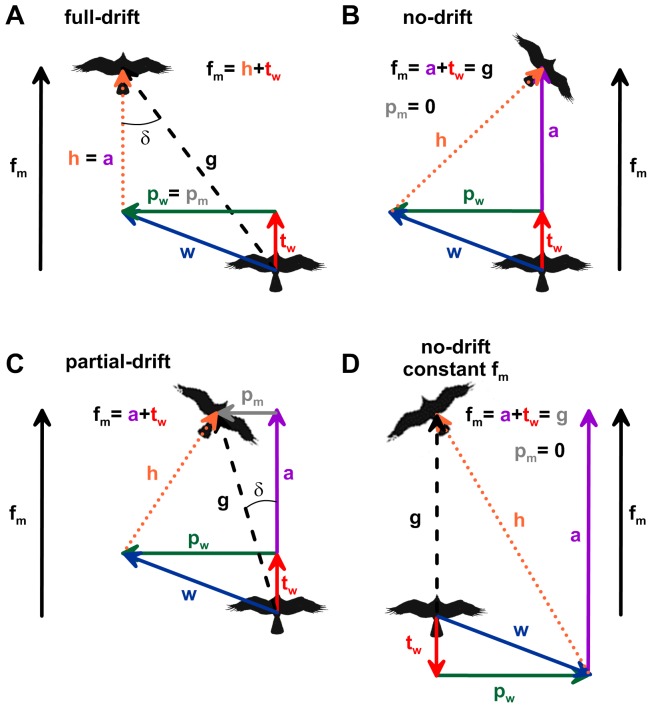Figure 2. Vector representations of various movement behaviors in response to wind.
Animals moving through air and water exhibit a variety of orientational responses to flow [31], including full drift (A), no drift (B), partial drift (C), and full compensation of both the perpendicular and parallel wind drift vectors (D). In these diagrams, the groundtrack direction and speed (g) determined from sequential PTT tag locations represents the vector sum of the wind vector (w) and the bird's heading vector (h). These three vectors represent the classic ‘wind triangle’. Wind drift analysis requires further determination of components of these vectors relative to a fixed direction, here defined as the mean track segment direction. The direction of the forward movement (fm) vector equals the mean track segment direction and the forward movement velocity equals the groundspeed times the cosine of the drift angle (δ), where, δ = groundtrack direction - mean track segment direction. The forward movement vector must also equal the tailwind vector (tw) plus the active forward movement vector (a). The perpendicular wind (pw) and perpendicular movement (pm) vectors are the vector components of the wind vector and groundtrack vector, respectively, that are perpendicular to the mean track segment direction. In order to maintain a constant course movement in dynamic flows a migrating animal must be able to monitor and adjust the magnitude and direction of its heading vector at regular intervals that are smaller than the duration of the constant course movement.

